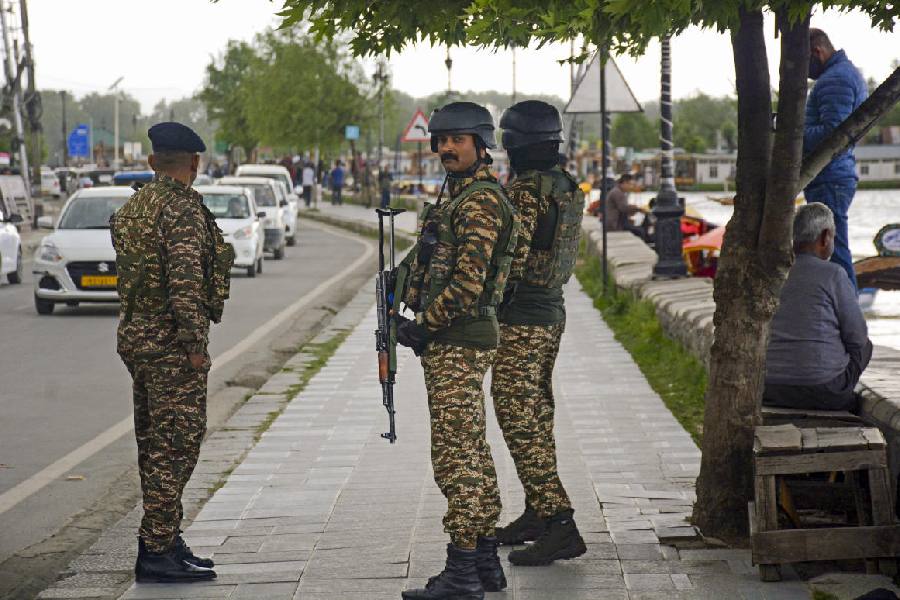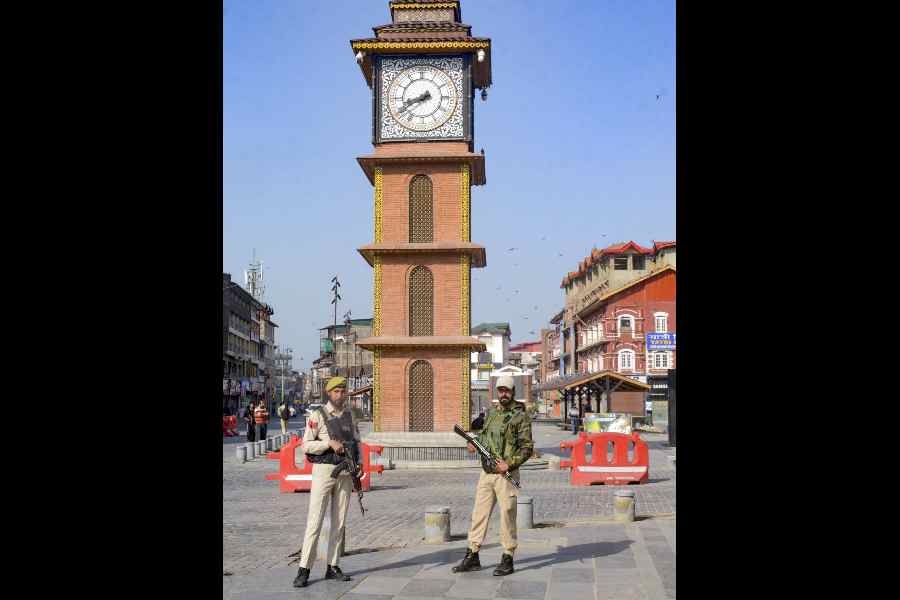 |
Indrani Roy, 38, is a huge fan of Hercule Poirot but she is convinced that even Agatha Christie’s super sleuth would not be able to solve the mystery of Calcutta’s taxi meter. Roy takes a taxi from her Ballygunge Circular Road residence to her BBD Bag office every weekday morning, but almost every day the meter shows a different reading. “There is often a variation of Rs 15-Rs 20,” says the bank employee. “How on earth is that possible?” she wonders.
The answer lies in off-the-record confessions of senior public vehicles department (PVD) officials who state that “almost 90 per cent of taxis plying on the roads of Calcutta are fitted with meters that have been tampered with”.
So, nine times out of 10 when you hail a cab you end up paying much more than what you should. Metro probes how the passenger is taken for a ride
From manual to digital
Easy-to-tamper manual meters gave way to digital meters at the turn of the century. Licences were given for installation, repair and programming. Now six such companies are operating in the city.
How digital meters are tampered with
Password hacking is the route to rigged digital meters. Enterprising mechanics lining several streets of the city can easily crack the code that only the technician in the licensed company is supposed to know.
A mechanic hub in Bhowanipore popularly known as Oriya Para is a favourite haunt for taxi meter tampering.
Metro sat in on one such 15-minute session (see graphic).
Once the password is cracked, the mechanic can feed in whatever data he wants. For example, the meter jumps by Re 1 rupee after the first 2km travelled; he can now set it to 1.5km or 1.75km.
Re 1 is supposed to be added after every 150 seconds; that can be changed to 75 seconds or 100 seconds.
The other common method is of manipulating the sensor fitted with the speedometer of the cab. The drivers attach a wire to it and keep the other end with them. From time to time they touch it with any iron object. Every touch makes the meter jump by Re 1.
Some drivers also change the pinion installed below the gear. In an Ambassador, the pinion has 17 teeth; this is replaced with one that has 16 teeth. That affects the rotation of the rear wheels of the cab which is directly linked to the meter. By this method, around Rs 2 is added for every Rs 10.
Why the PVD is unable to stop the tampering
Taxi meters are checked twice every year by PVD officials. But the checking is a farce.
Metro attended one such meter-check session on Southern Avenue.
A taxi starts from a point and stops at another point 2km away where another motor vehicles inspector checks the meter. If the meter reading shows Rs 10, it means it has not been tampered with.
With no PVD official riding the taxi, a rogue driver just restarts the meter once it shows Rs 10 somewhere in the middle of his trial run. So, by the time he ends his run, the meter is back at Rs 10. On any given day, a passenger would be forced to shell out Rs 10 + Rs 10 = Rs 20 for the same stretch.
Also, the ‘waiting’ — when drivers make the meter “jump” — is not checked by the PVD officials,
“There are almost 50,000 taxis in the city and only 17 motor vehicles inspectors for all four-wheelers in the city. It is not possible to sit inside every taxi and check the meters,” argued a PVD inspector in charge of checking taxis.
What you can do
A nexus between taxi unions, PVD officials and the transport department ensures that the calculation of the fare is never a simple arithmetic.
It is up to you, the passenger, to keep track of the meter in terms of distance covered and waiting period.
Or you can just wait to find a rare honest cabbie with a truthful meter. Madhumita Bose, 31, was returning home to Salt Lake from a Park Street restaurant the other night. At the end of the ride, the driver said: “My meter is right. You won’t find another meter in Calcutta that is so correct. So, you should give me Rs 20 extra!”
What to do if you suspect that the taxi meter is tampered with
You can approach the nearest traffic sergeant or traffic constable and ask for a complaint card. This is a formatted card where you can put in your complaint with the vehicle number. “It is like a postcard which has the address of the traffic department in Lalbazar. The complainant can either post it or hand it over to a sergeant or constable,” said a Calcutta Police official.
You can also call or approach the PVD office in Beltala (2475-1621/22/23) where an officer will take down the taxi number and lock it in the system. The next time the vehicle goes to the PVD it will first have to get its meter tested.










